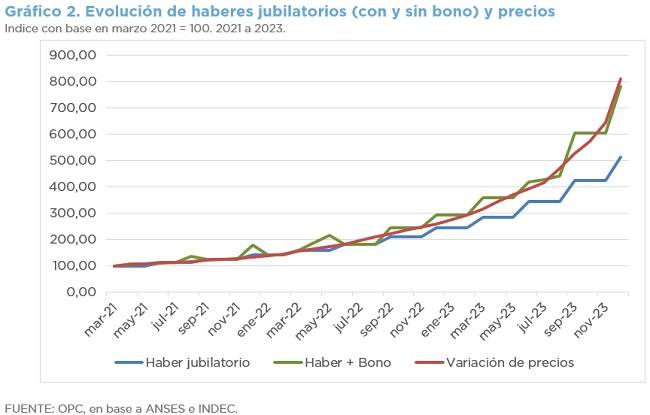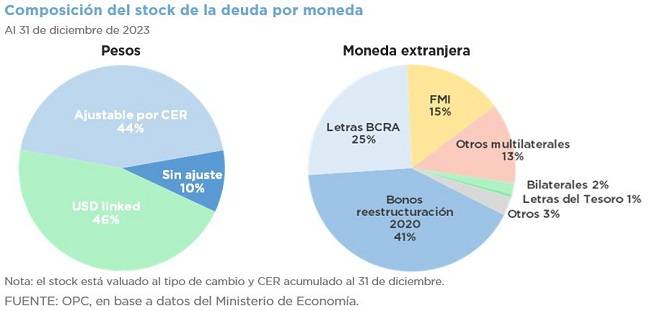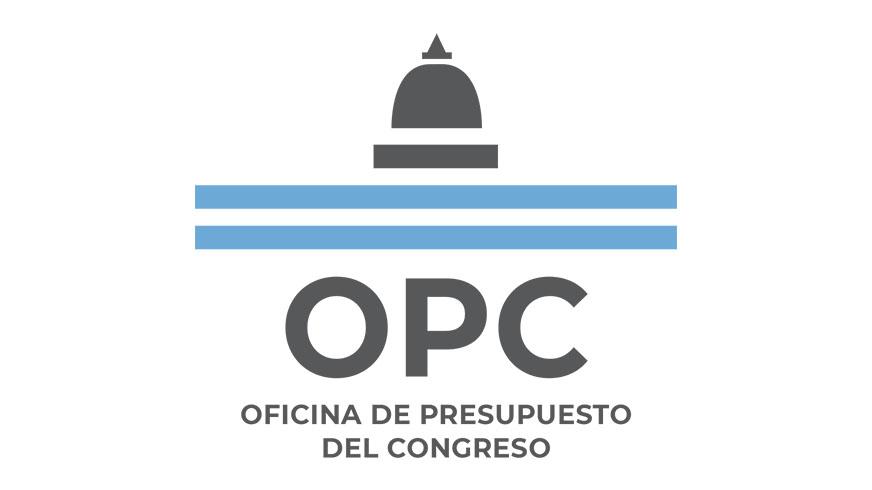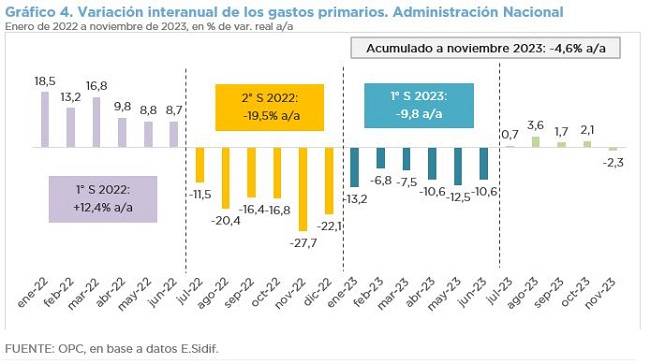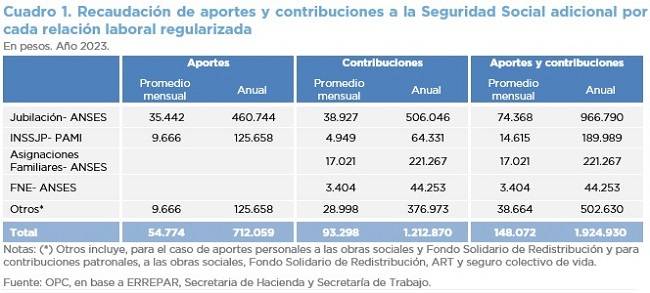
ANALYSIS OF BILL “BASES AND STARTING POINTS FOR THE FREEDOM OF ARGENTINES” – REPORT 2 – PROMOTION OF REGISTERED EMPLOYMENT (SEC. 214-220)
With the purpose of promoting registered employment, these sections offer incentives to the employers that join the regime within 90 days after the implementation of the law, by forgiving them at least 70% of the amounts owed for lack of contributions to any legal subsystem, with the elimination of fines, legal actions and other penalties and the removal of labor law violations from the records.
- The fiscal impact of the regularization regime depends on the number of employees that are formalized, a number that is still unknown.
- There will be a cost for the Government in the short term and an eventual improvement in revenues for the Social Security System resulting from this formalization.
- It is not possible to prepare a comprehensive estimate without precision on the number of workers to be formalized or the stock of debt for contributions due to deficient records.
- In 2023, the contributions for each registered labor relationship amounted to approximately ARS1.92 million, of which ARS1.79 million were resources that remained in the public sector.
- Last year, fines for Social Security infractions amounted to ARS1.813 billion, equivalent to 0.001% of the GDP.

